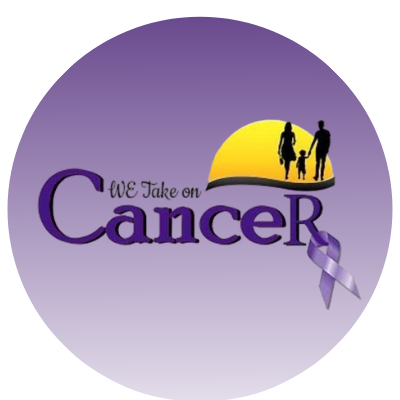Cancer: an unsettling word that we are all familiar with. While many of us cringe at the very mention of the word, many are unfamiliar with its actual definition. Cancer occurs when normal cells in our body experience overwhelming growth and begin to form new, abnormal cells. These abnormal cells eventually form a mass of tissue called a tumor.
Tumor. Another bad word, right? Not exactly. Not all tumors are cancerous (severe). Tumors come in two forms: benign and malignant. Benign tumors are large masses of tissues that do not spread into or invade nearby tissue. While they can often be the larger of the two types of tumors, once removed, benign tumors do not usually reappear. Benign tumors rarely create life-altering circumstances, unless they are located in the brain.
Malignant tumors, on the other hand, are far more concerning. Sarcomas, Carcinomas, and Melanomas are just a few types of malignant tumors that can spread into or invade nearby tissue. Once this occurs, the abnormal cells can break off and spread to other distant parts of the body through the blood and/or the lymph system (major part of the body’s immune system) and generate new tumors away from the original culprit. This is called metastatic disease and is extremely dangerous. Unlike benign tumors that rarely re-appear following removal, there is always a chance that malignant tumors may grow back.
Whether cancer, malignant and non-malignant, requires treatment will depend on a number of variables: time of diagnosis, the stage and type of cancer, and your overall health. Treatment options range from surgery, which directly removes the tumor, to nothing more than observation. Common forms of cancer treatment include the following:
- Chemotherapy: a treatment option where chemicals are used to kill the cancer cells;
- Radiation: another form of treatment that uses X-rays to kill the cancer cells;
- Palliative treatment: the use of chemotherapy and/or radiation to relieve pain, but does not actually work towards curing Cancer;
- Holistic medicine: the use of natural dietary and herbal supplements and vitamins instead of medications commonly prescribed by an oncologist; and
- Observation: monthly visits to view changes in the tumor.
The best treatment option will vary from patient to patient. Two patients can have the same type of cancer, but will be effected differently. It really just depends upon the individual, and these variances must be taken into consideration when deciding upon an appropriate treatment plan for a patient. Cancer treatment can never be a one-size fits all approach.
Learning about cancer can be intimidating. There are a lot of big words, types of cancers, and treatment options. As a student and researcher, I still experience unfamiliar terms and diagnosis and new information. So, I get it! I really do! But, cancer research efforts are nowhere near complete. According to the National Cancer Institute there are over 100 different types of cancers and they are steadily presenting themselves and requiring more research. In order to combat this disease, we can’t be intimidated! We have to open our minds to the possibility and reality that there is so much more to learn about cancer.


